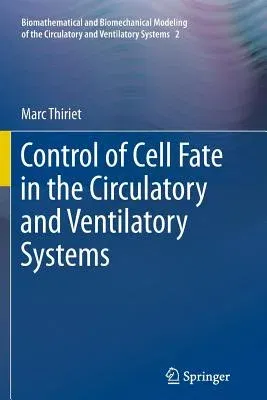Marc Thiriet
(Author)Control of Cell Fate in the Circulatory and Ventilatory Systems (2012)Paperback - 2012, 25 January 2014

Qty
1
Turbo
Ships in 2 - 3 days
In Stock
Free Delivery
Cash on Delivery
15 Days
Free Returns
Secure Checkout
Part of Series
Biomathematical and Biomechanical Modeling of the Circulator
Print Length
538 pages
Language
English
Publisher
Springer
Date Published
25 Jan 2014
ISBN-10
1489995234
ISBN-13
9781489995230
Description
Product Details
Author:
Book Edition:
2012
Book Format:
Paperback
Country of Origin:
NL
Date Published:
25 January 2014
Dimensions:
23.39 x
15.6 x
2.82 cm
ISBN-10:
1489995234
ISBN-13:
9781489995230
Language:
English
Location:
New York, NY
Pages:
538
Publisher:
Weight:
757.5 gm

